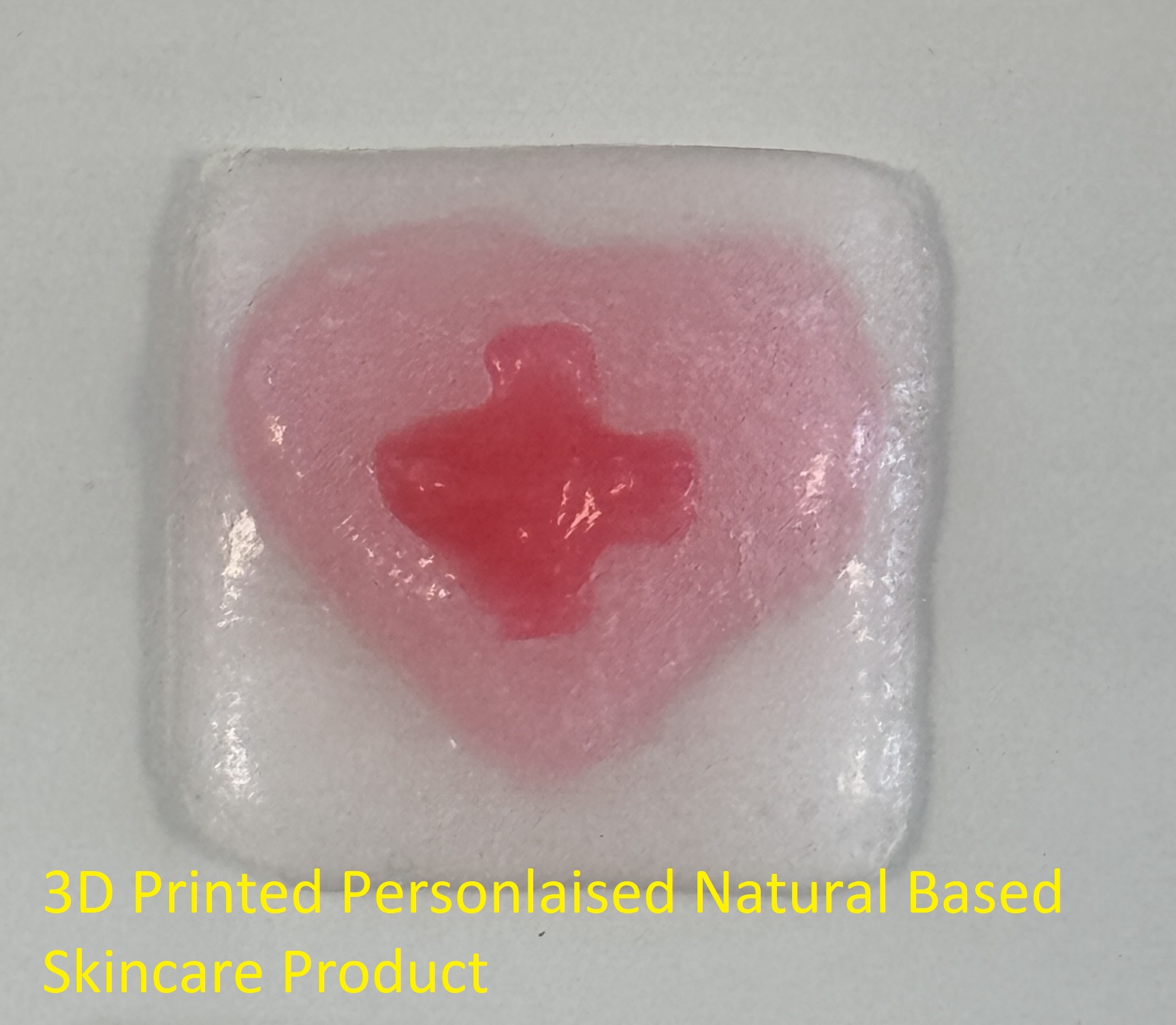Anti- inflammatory response of Zanthoxylum myriacanthum Wall. ex Hook.f. fruit extract
DOI:
https://doi.org/10.24377/jnpd.article3231Keywords:
Anti- inflammatory , Zanthoxylum myriacanthum, COX inhibitionAbstract
Background
Zanthoxylum myriacanthum, known as Ma-khwaen, is widely used in Thai folk medicine and as a culinary spice. The whole fruits, including pericarp and seeds, extracted with 95% ethanol has anti-inflammatory potential, but the mechanisms of action need to be validated.
Aims
To investigate the anti-inflammatory effect of fruit ethanolic extract.
Methods
The extract, prepared via 95% ethanolic maceration, underwent HPLC analysis for quality control using L-asarinin as a standard. Its anti-inflammatory effects were evaluated using the cyclooxygenase inhibitor assay and RAW 264.7 macrophage cells through MTT cytotoxicity, COX inhibition, and RT-PCR assays, measuring inflammatory gene expression (COX-1, COX-2, IL-1β, IL-6, TNF-α). Statistical analysis (One-way ANOVA) assessed the significance of findings.
Results
ZL1 extract, obtained with a 14.32% yield and containing 0.040 % w/w L-asarinin, demonstrated an IC50 of 102.46 µg/mL on RAW 264.7 cells. Notably, ZL1 inhibited COX-2 activity in a dose-dependent manner, while showing no effect on COX-1. Gene expression analysis in LPS-inflamed RAW 264.7 cells further revealed that ZL1 down-regulated COX-2, IL-1β, IL-6, and TNF-α at concentrations as low as 12.5 µg/mL, indicating its selective anti-inflammatory potential.
Conclusion
Zanthoxylum myriacanthum ethanolic extract (ZL1) selectively inhibited COX-2. It significantly suppressed inflammatory genes (COX-2, IL-1β, IL-6, TNF-α) in LPS-induced RAW264.7 cells at 12.50, 25 and 50 µg/mL, demonstrating its potent anti-inflammatory effects.
Downloads
Published
Issue
Section
License
Copyright (c) 2025 Sarayut Radapong, Tiyanee Sahad, Nathaphat Harnkit, Praw Suppajariyawat, Detmontree Wachisunthon, Satyajit D. Sarker

This work is licensed under a Creative Commons Attribution 4.0 International License.
This journal provides immediate open access to its content with no submission or publications fees. Authors retain copyright and grant the journal right of first publication with the work simultaneously licensed under a LicenceCreative Commons Attribution License that allows others to read, download, copy, distribute, print, search, or link to the full text of works in this journal. It also allows others to remix, adapt and build upon the work, as long as credit is given to the author(s).


